The 1950s in the Bronx was a time of booming post-war prosperity, marked by the rise of the “American Dream” and the construction of towering apartment complexes promising a better life. Yet, beneath the gleaming facade, simmered social tensions, economic disparities, and the seeds of future urban struggles.
Housing and Urban Expansion
The Bronx witnessed a construction frenzy in the 1950s. High-rise apartment buildings like Co-op City and Parkchester rose from the ground, promising affordable housing, and modern amenities for thousands of families.
While the construction boom brought jobs and prosperity, it also masked underlying economic inequalities. Many factory jobs that sustained the wartime economy disappeared, replaced by service-sector positions offering lower wages and fewer benefits.
The Bronx Bombers Take Flight
Baseball provided a unifying force and a source of pride for the Bronx in the 1950s. The legendary New York Yankees, led by icons like Yogi Berra and Mickey Mantle, dominated the baseball landscape, winning multiple World Series championships and capturing the hearts of fans across the borough.
Rock and Roll and the Seeds of Change
The 1950s saw the birth of a new musical phenomenon in the Bronx: doo-wop. Groups like the Platters and the Coasters harmonized on street corners and in basements, their soulful melodies capturing the struggles and aspirations of young people. This nascent genre would go on to influence countless musicians and shape the sound of popular music for years to come.
Social Unrest and the Civil Rights
While the Bronx shared in the nation’s post-war optimism, racial tensions simmered beneath the surface. The struggle for equal rights and opportunities for African Americans and other minority groups gained momentum. Organizations like the Bronx NAACP and the Puerto Rican Young Lords fought for fair housing, employment, and educational opportunities, laying the groundwork for future social justice movements.


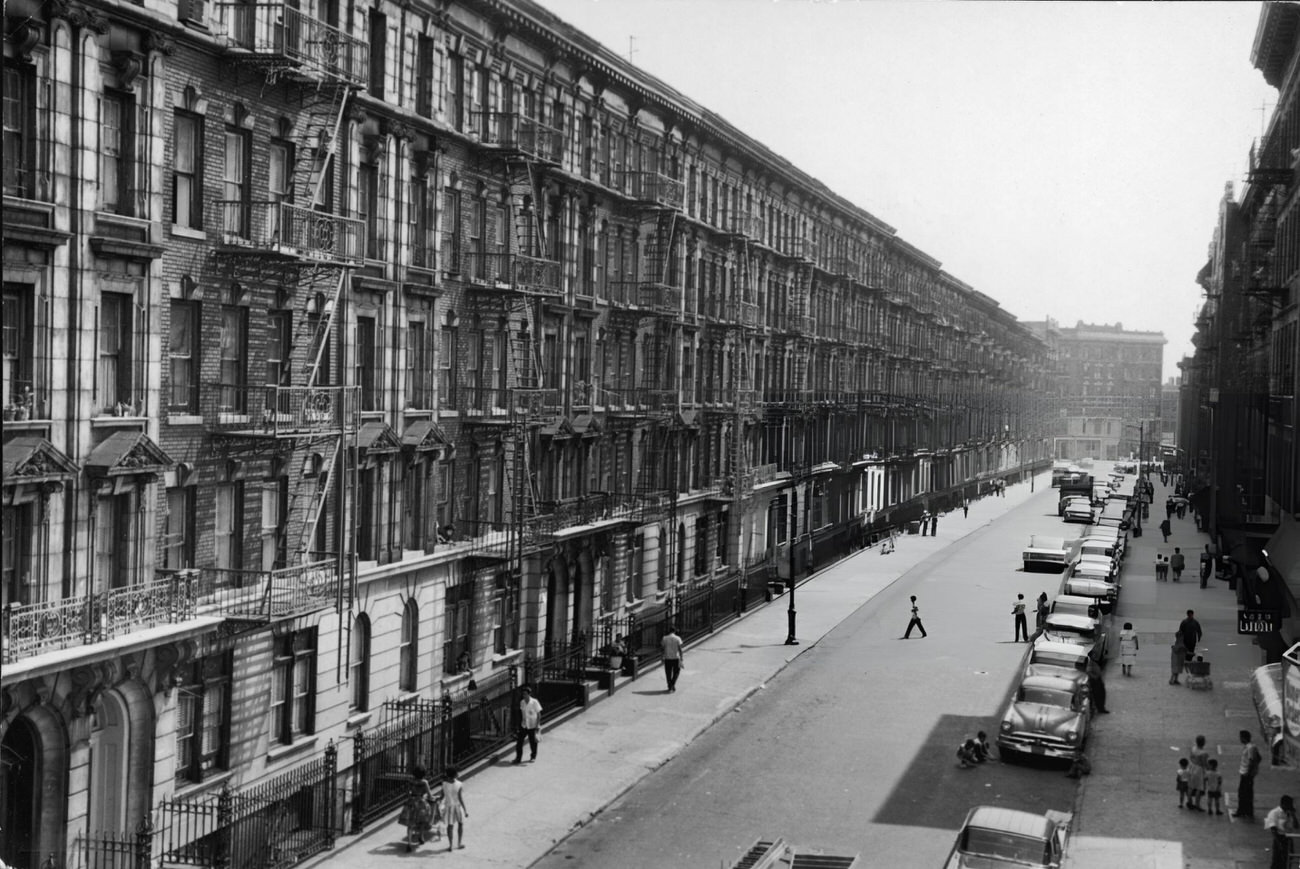
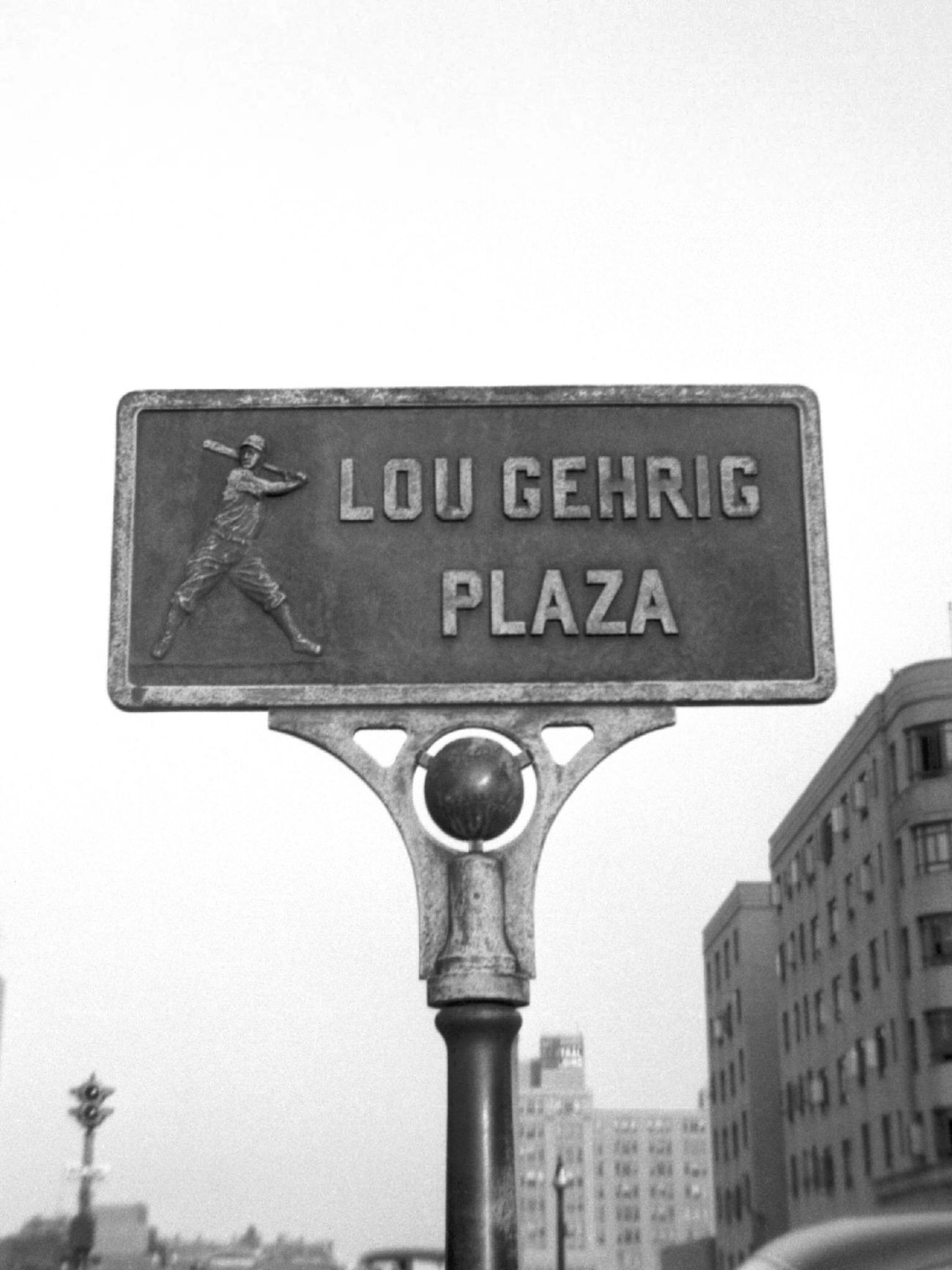
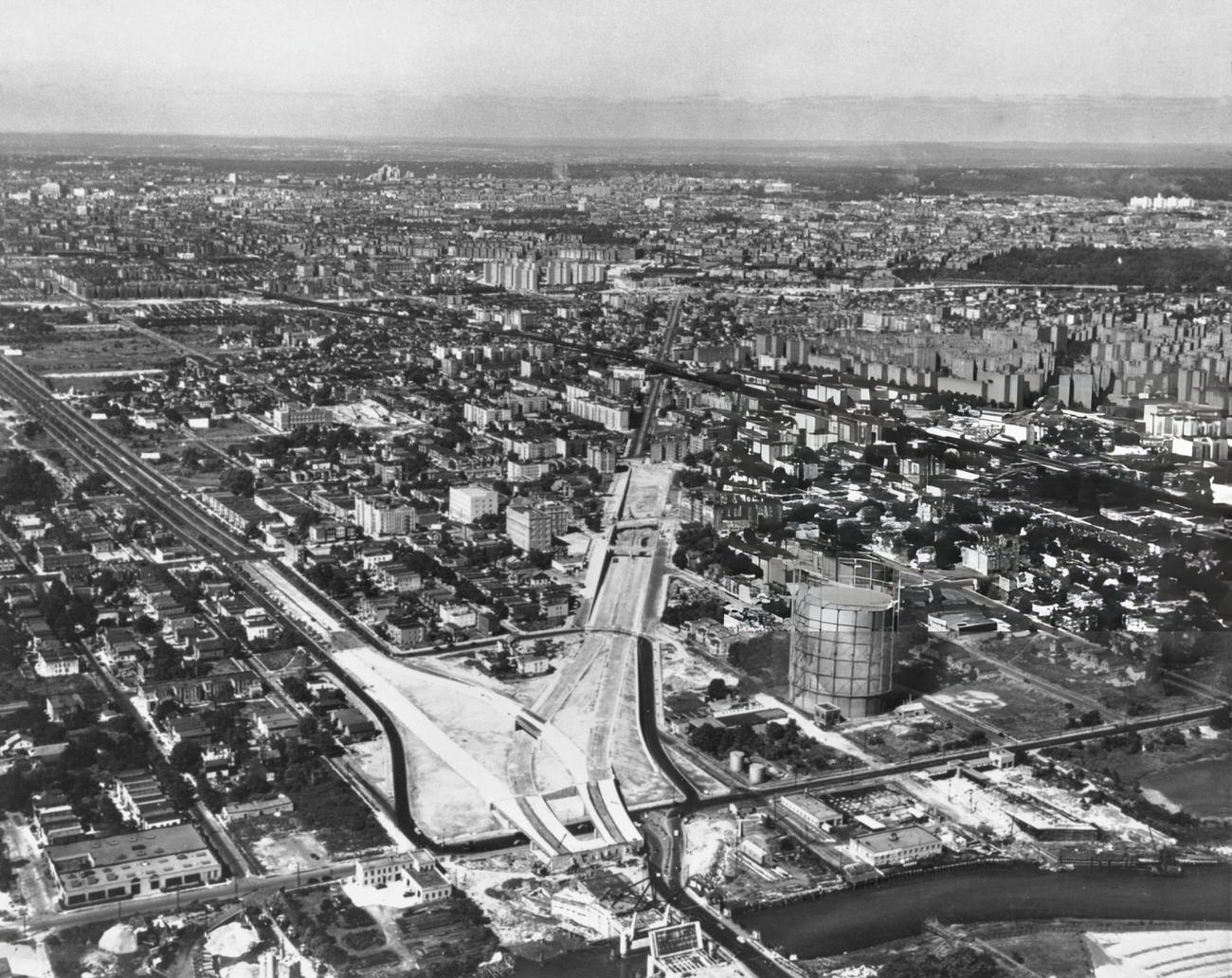
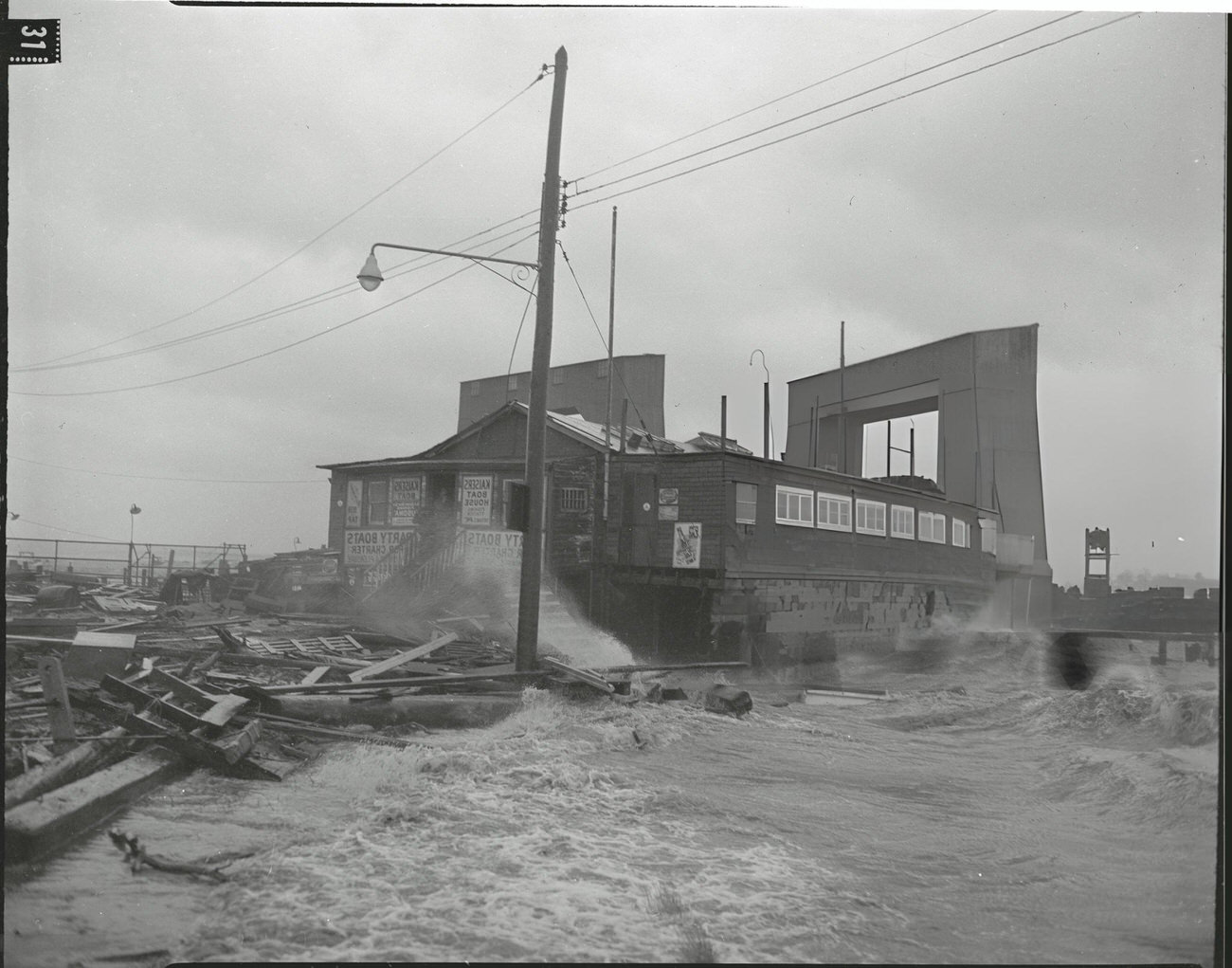
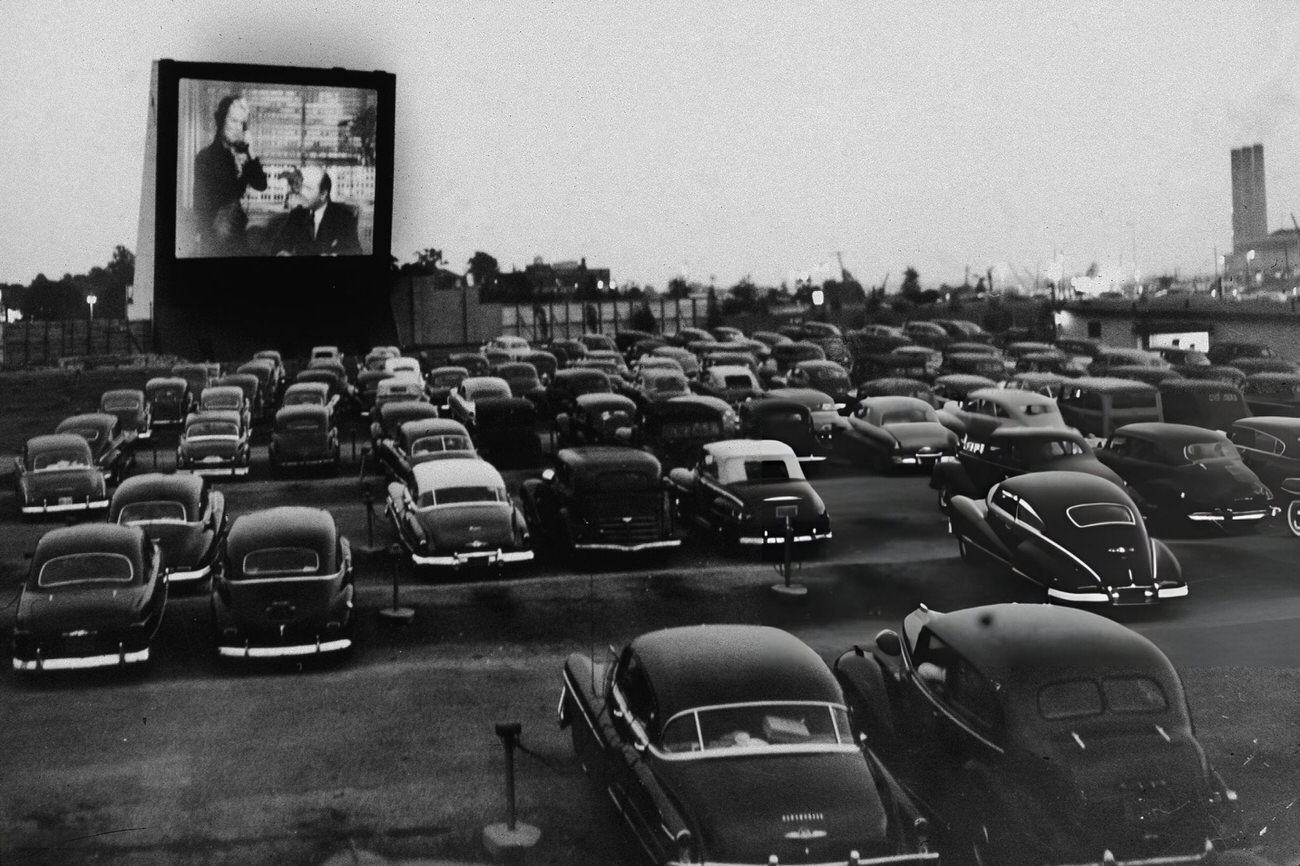
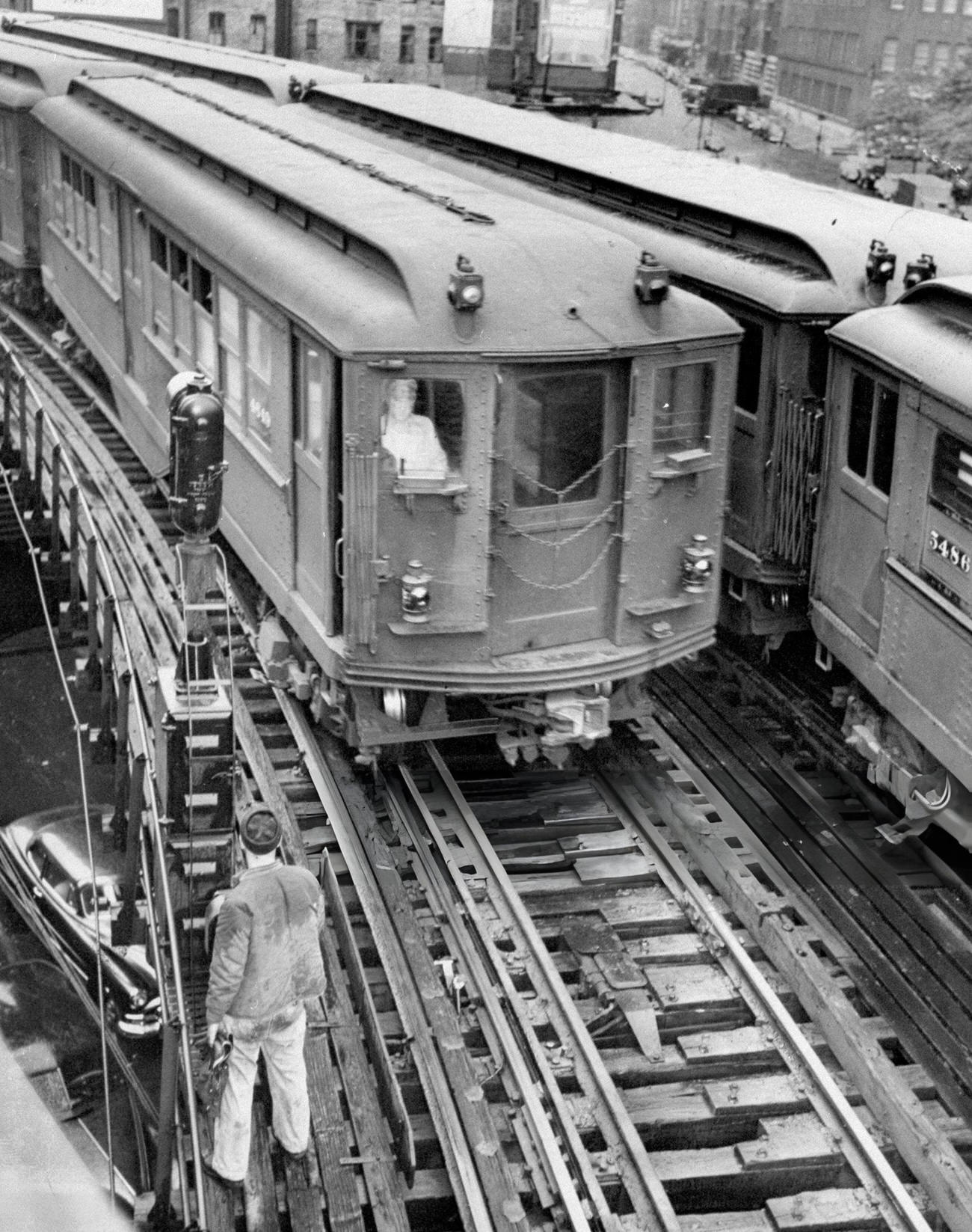
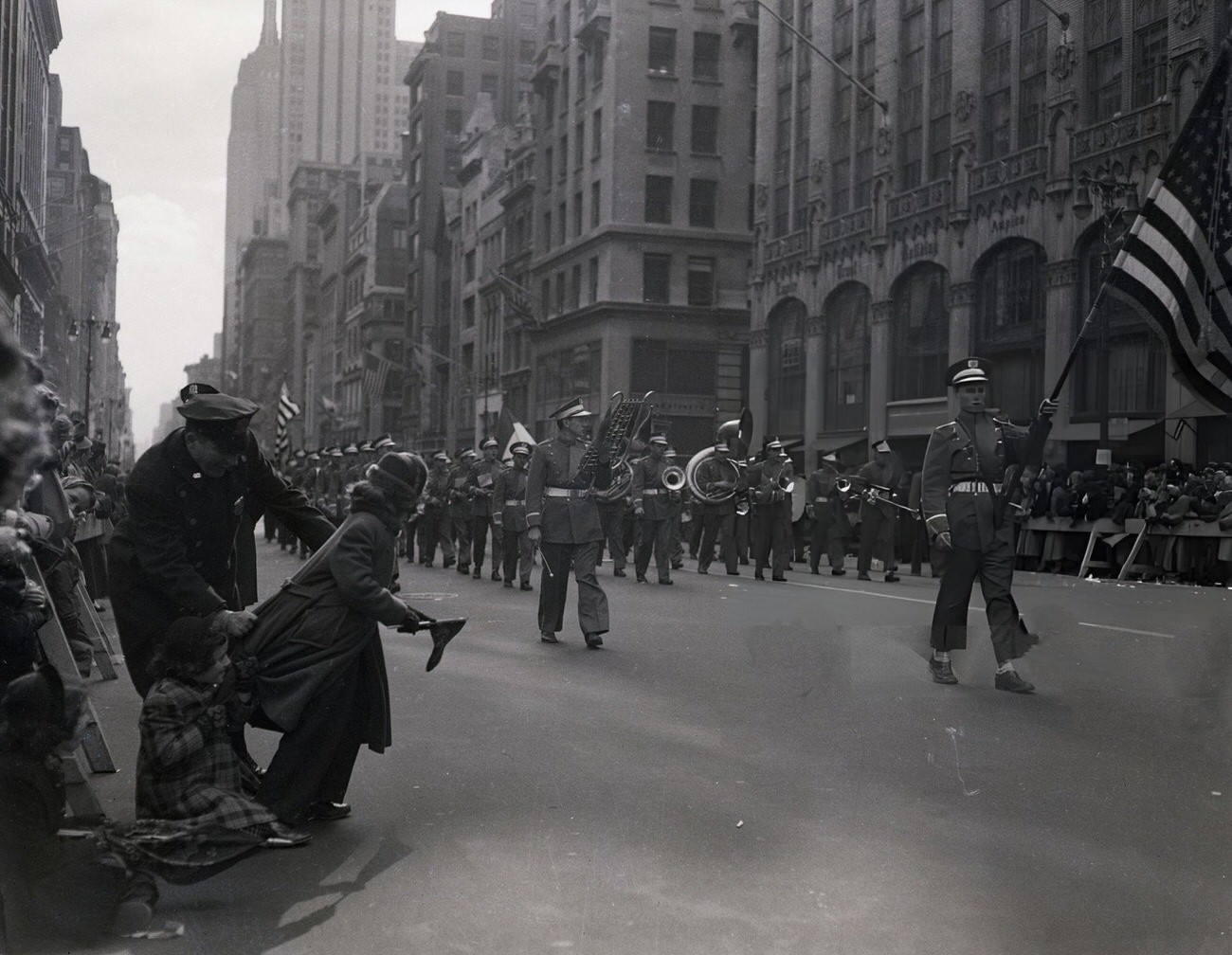
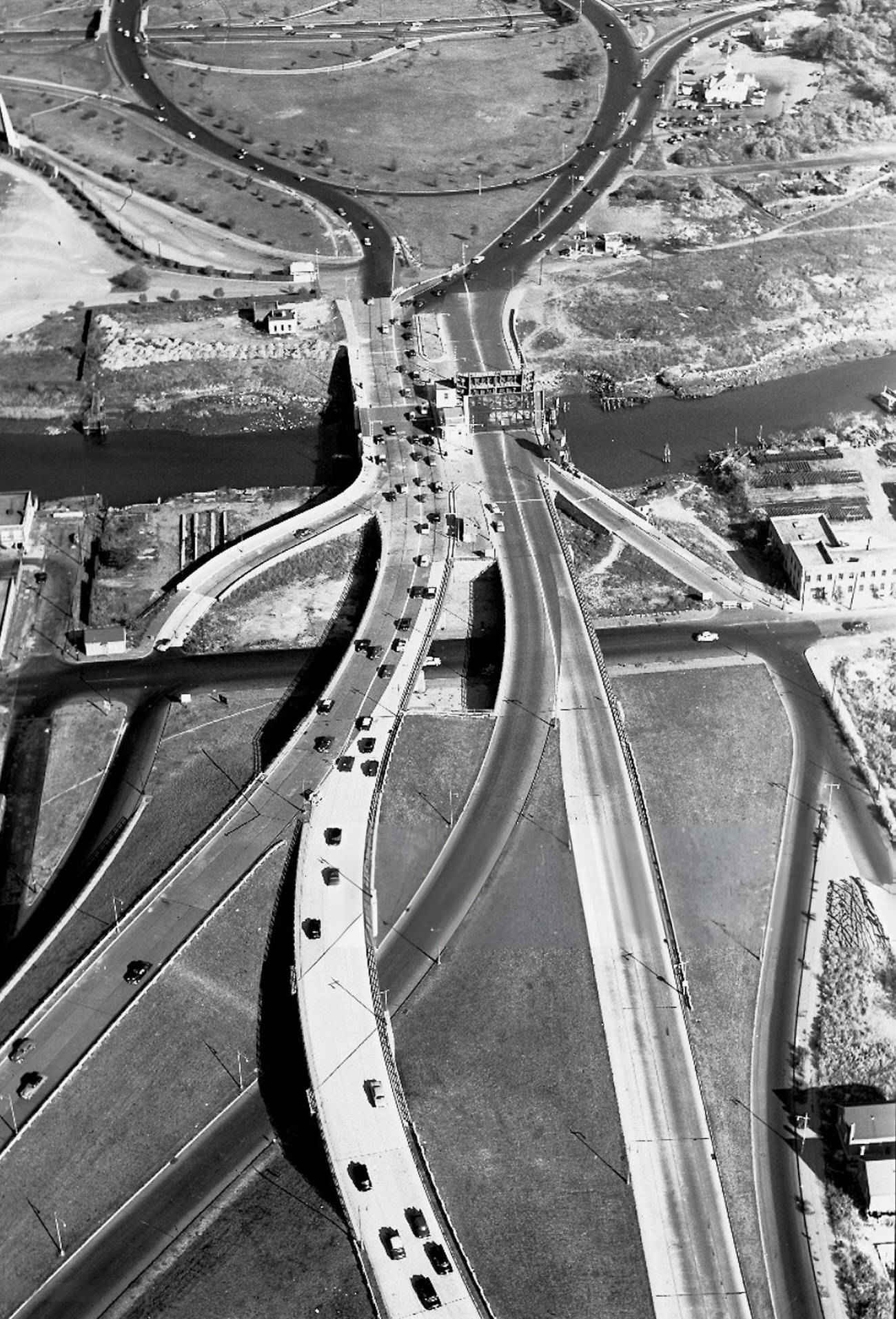
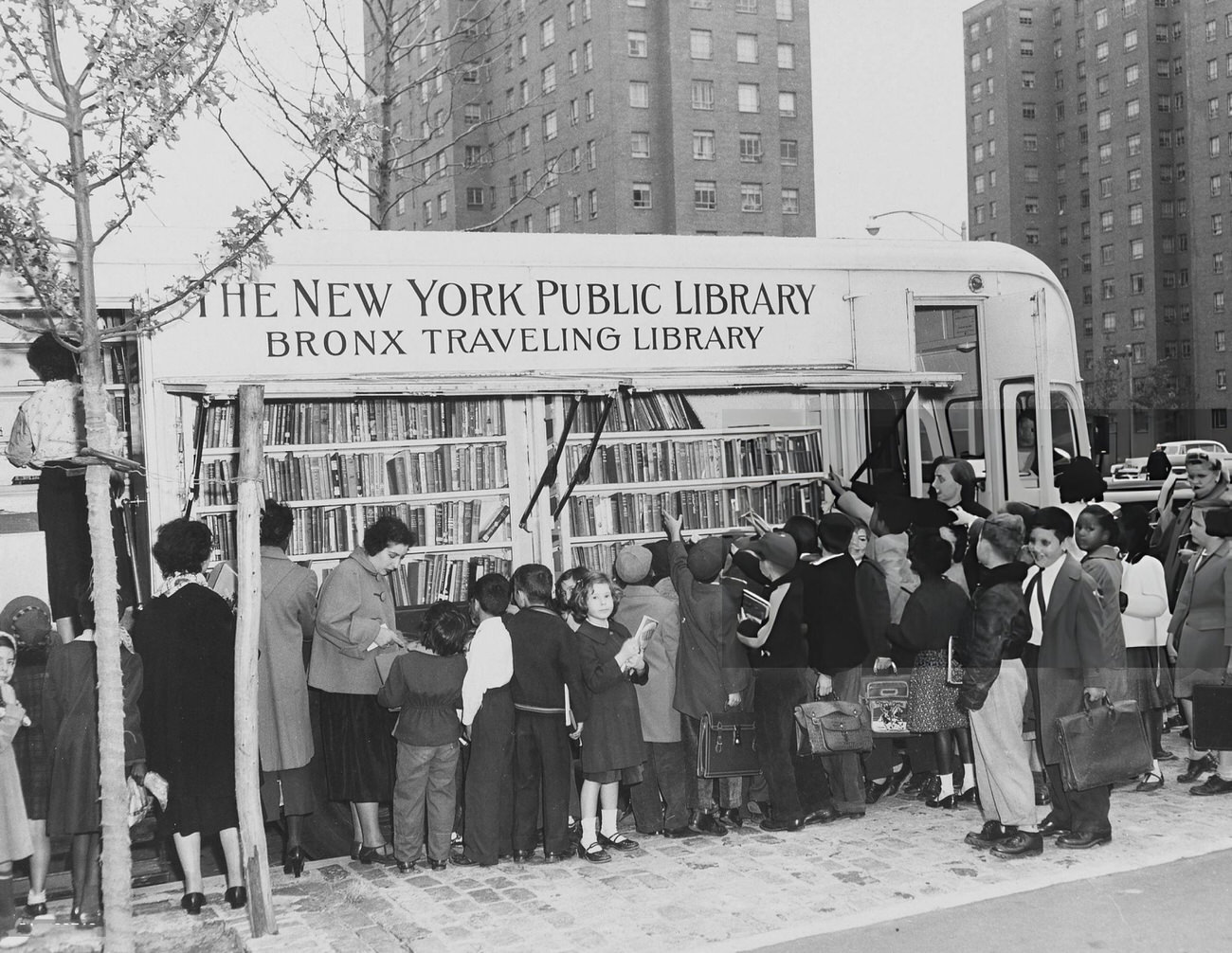
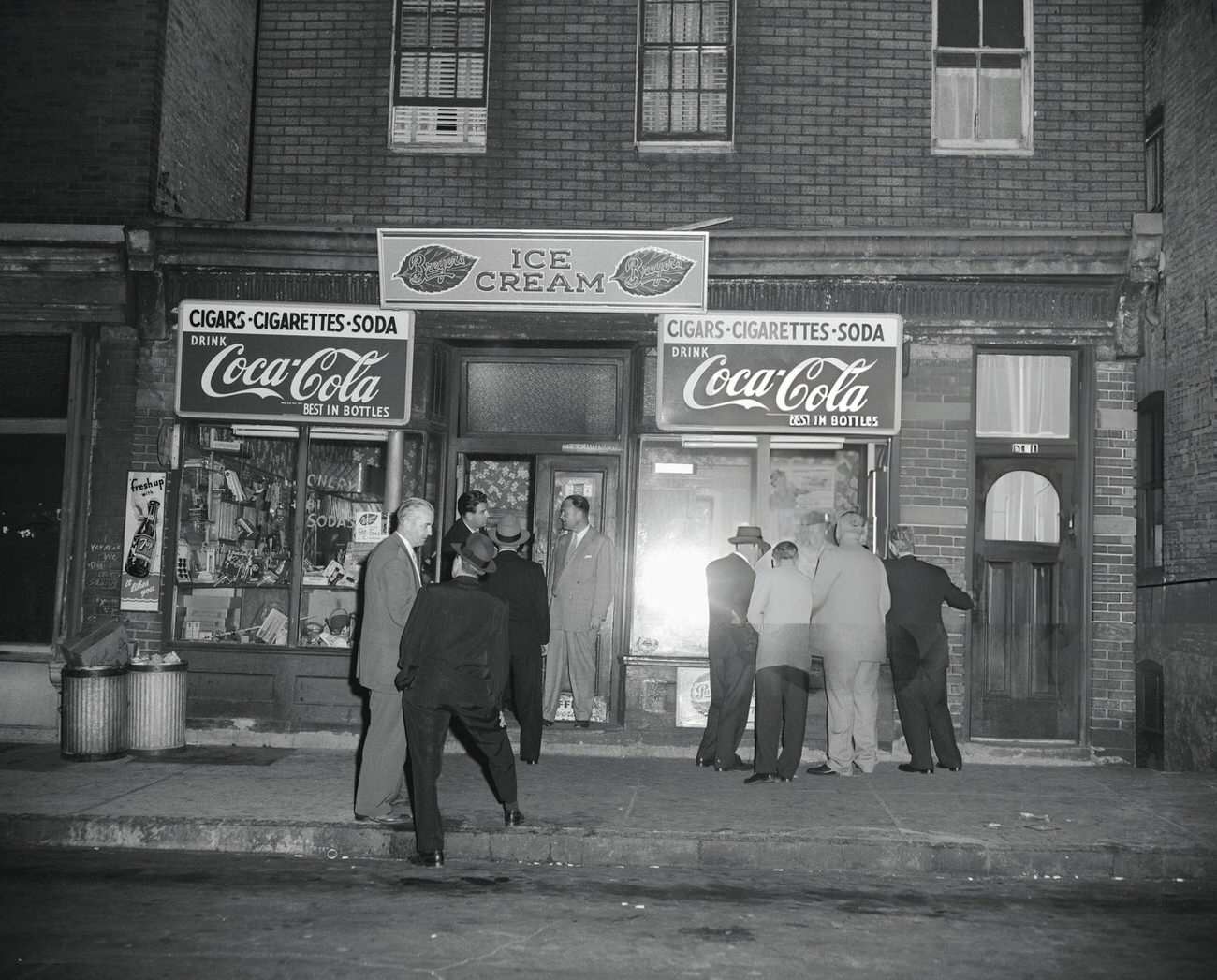
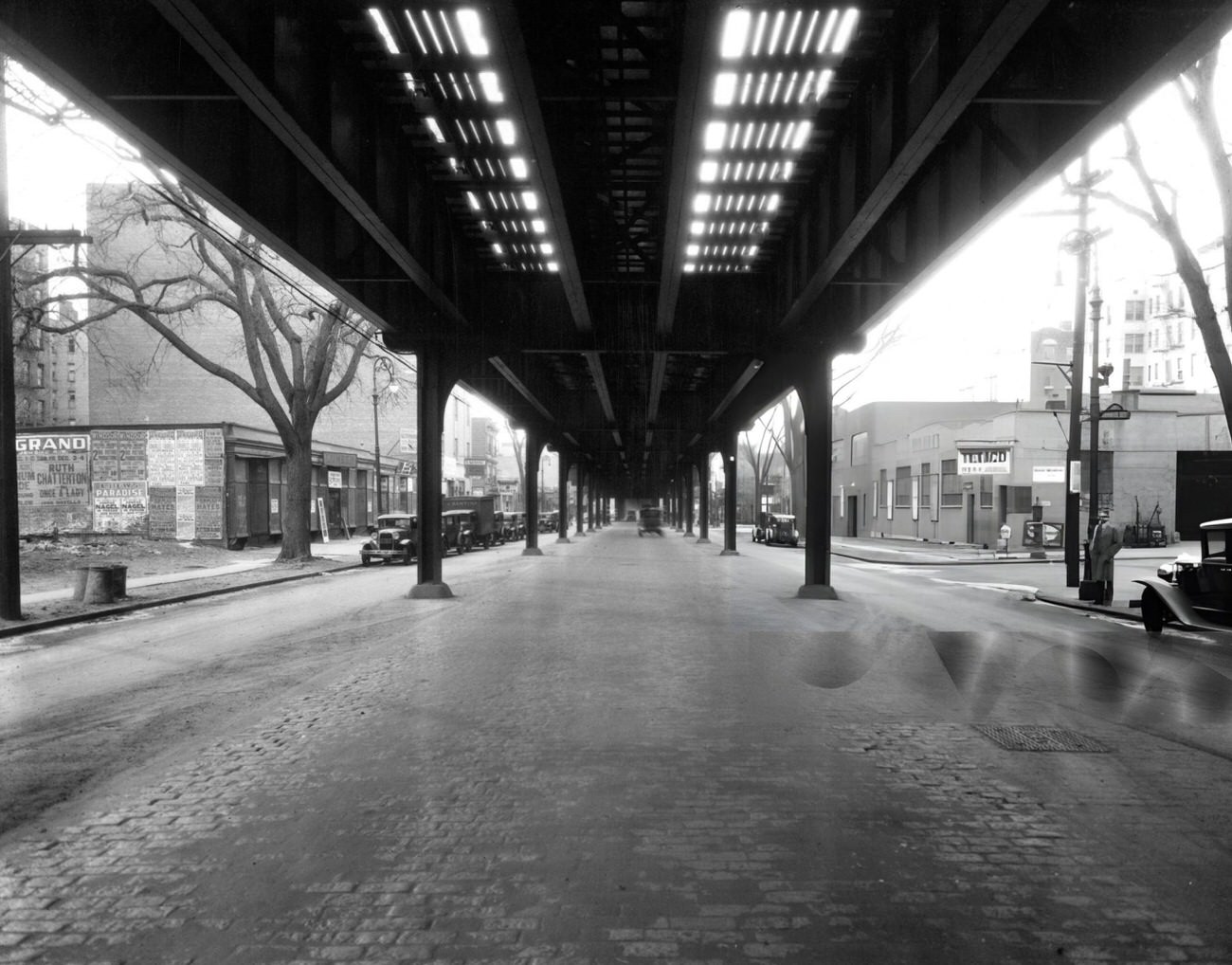
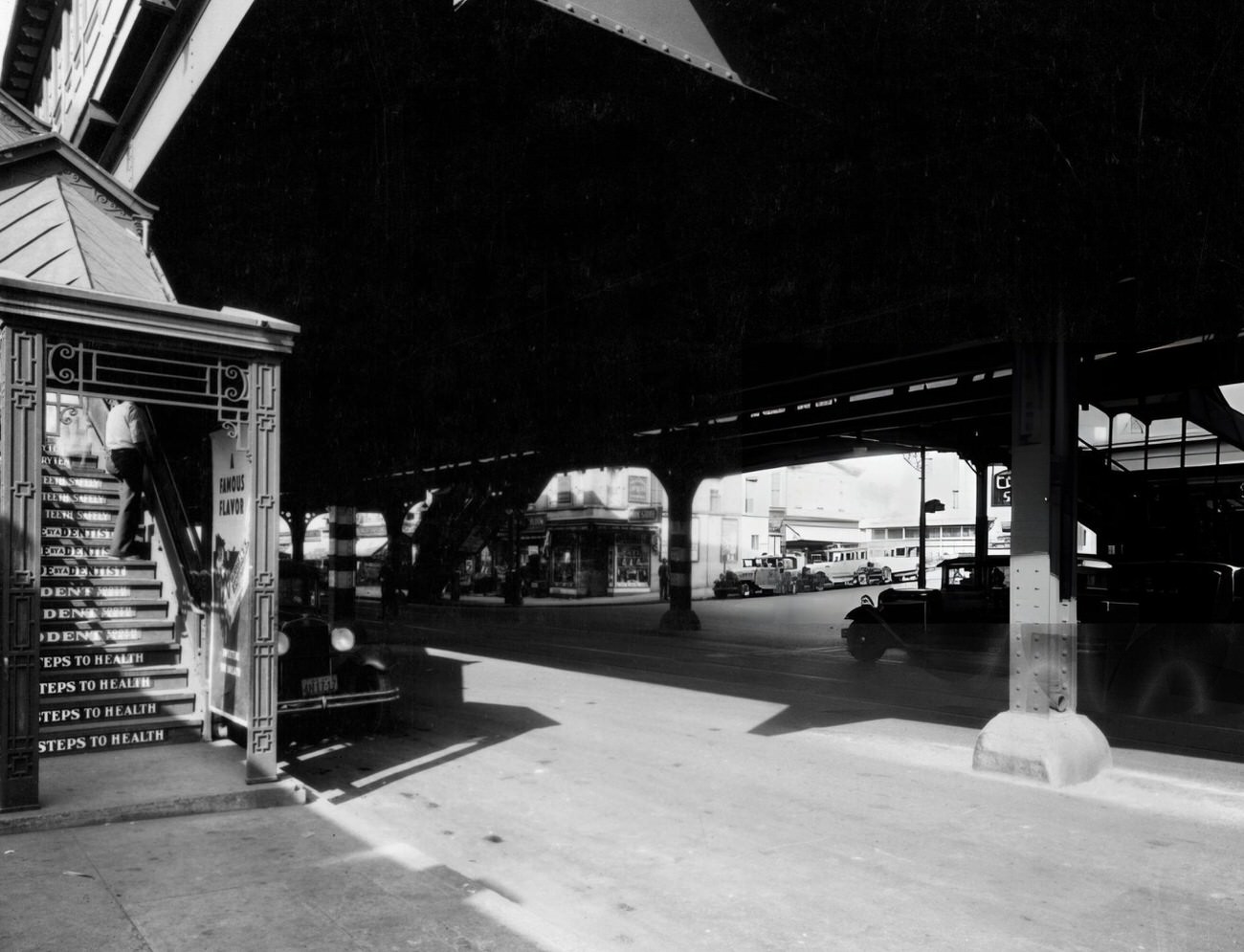
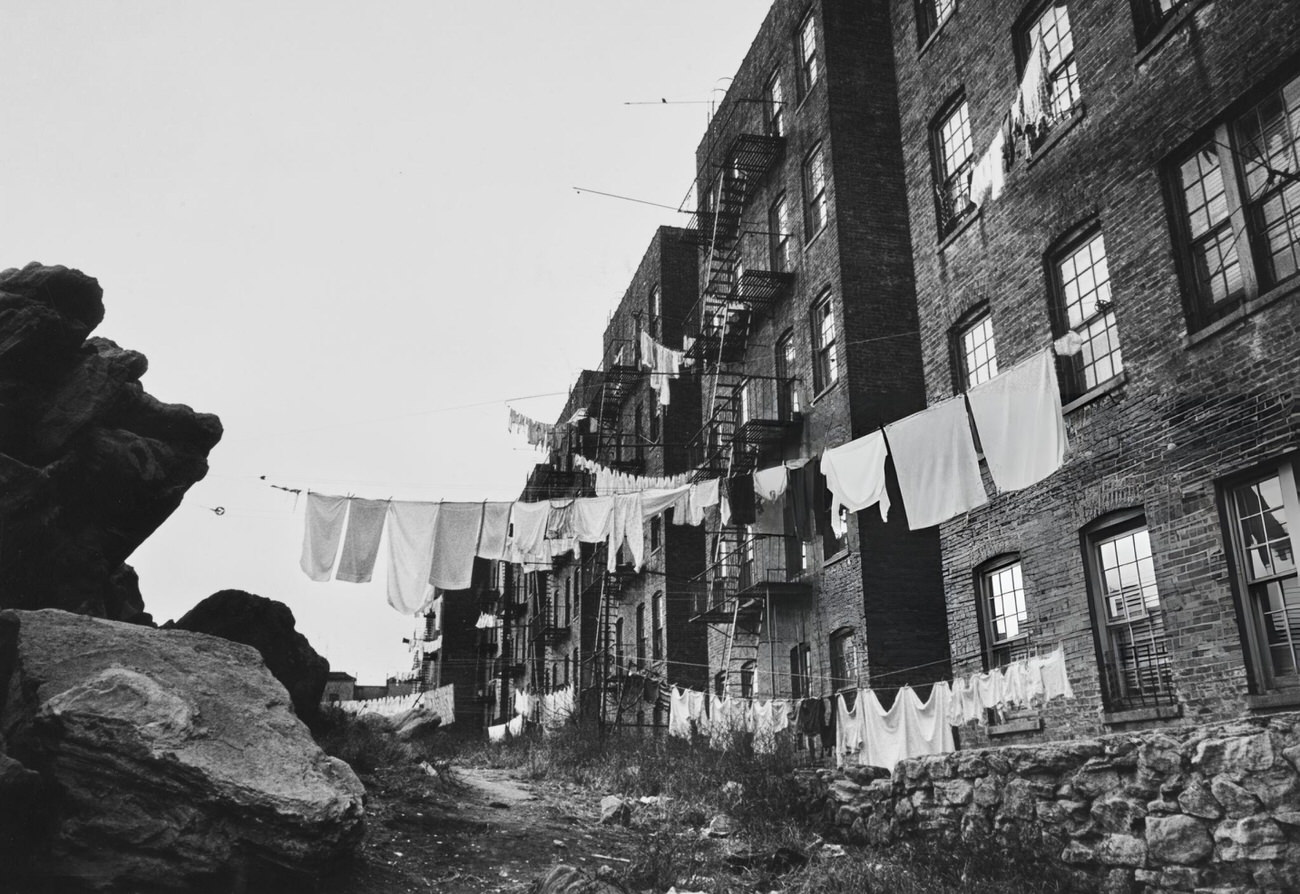
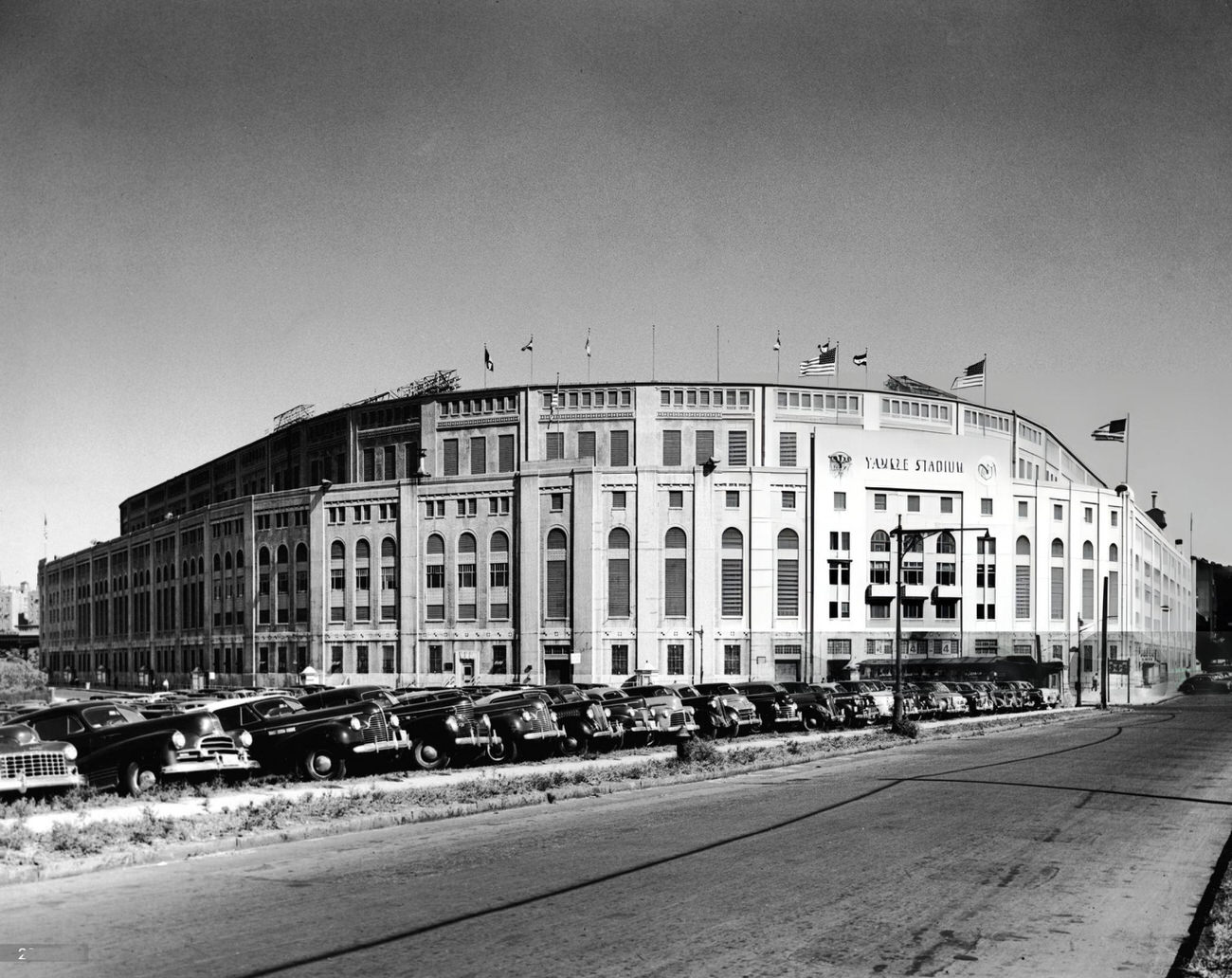
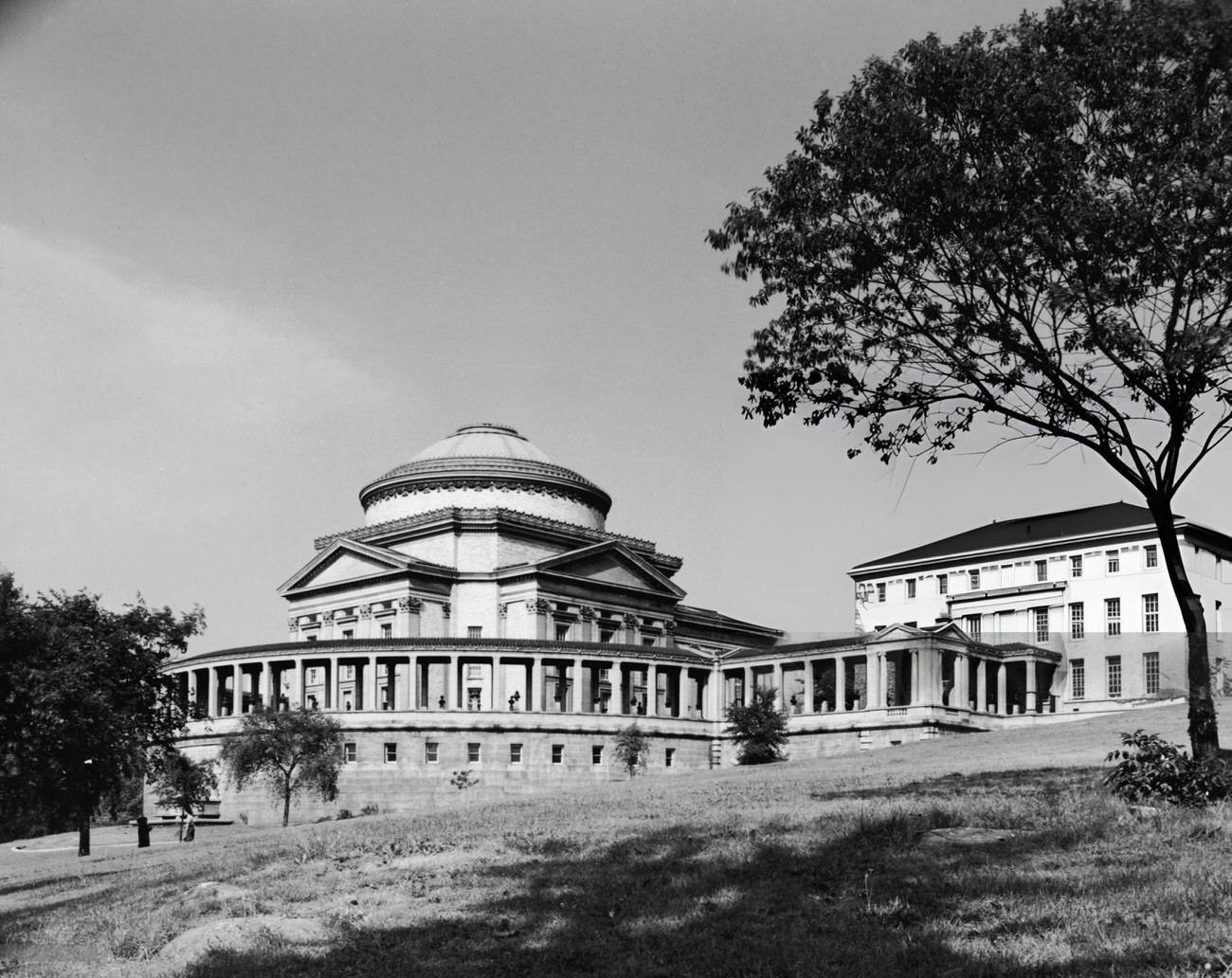

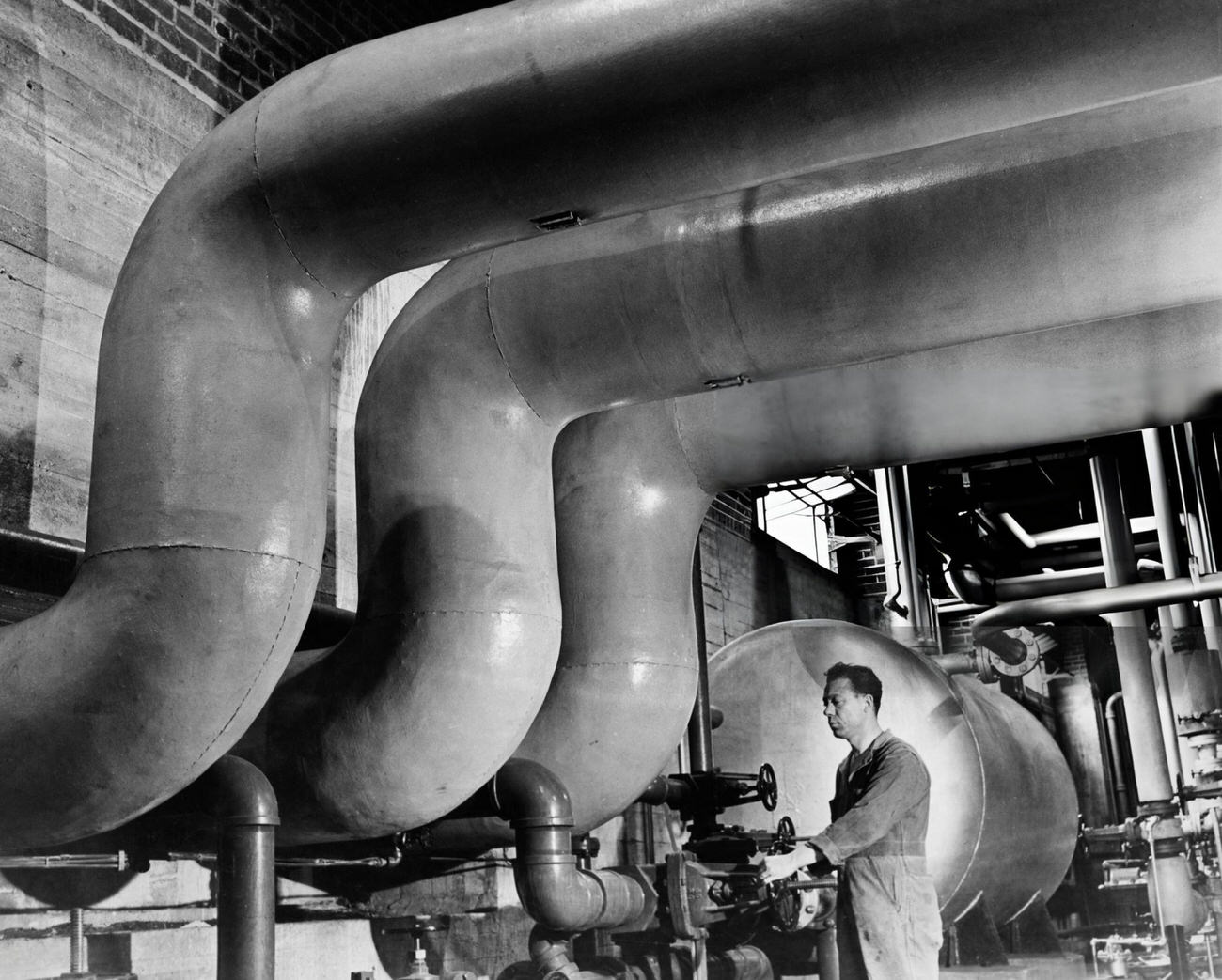
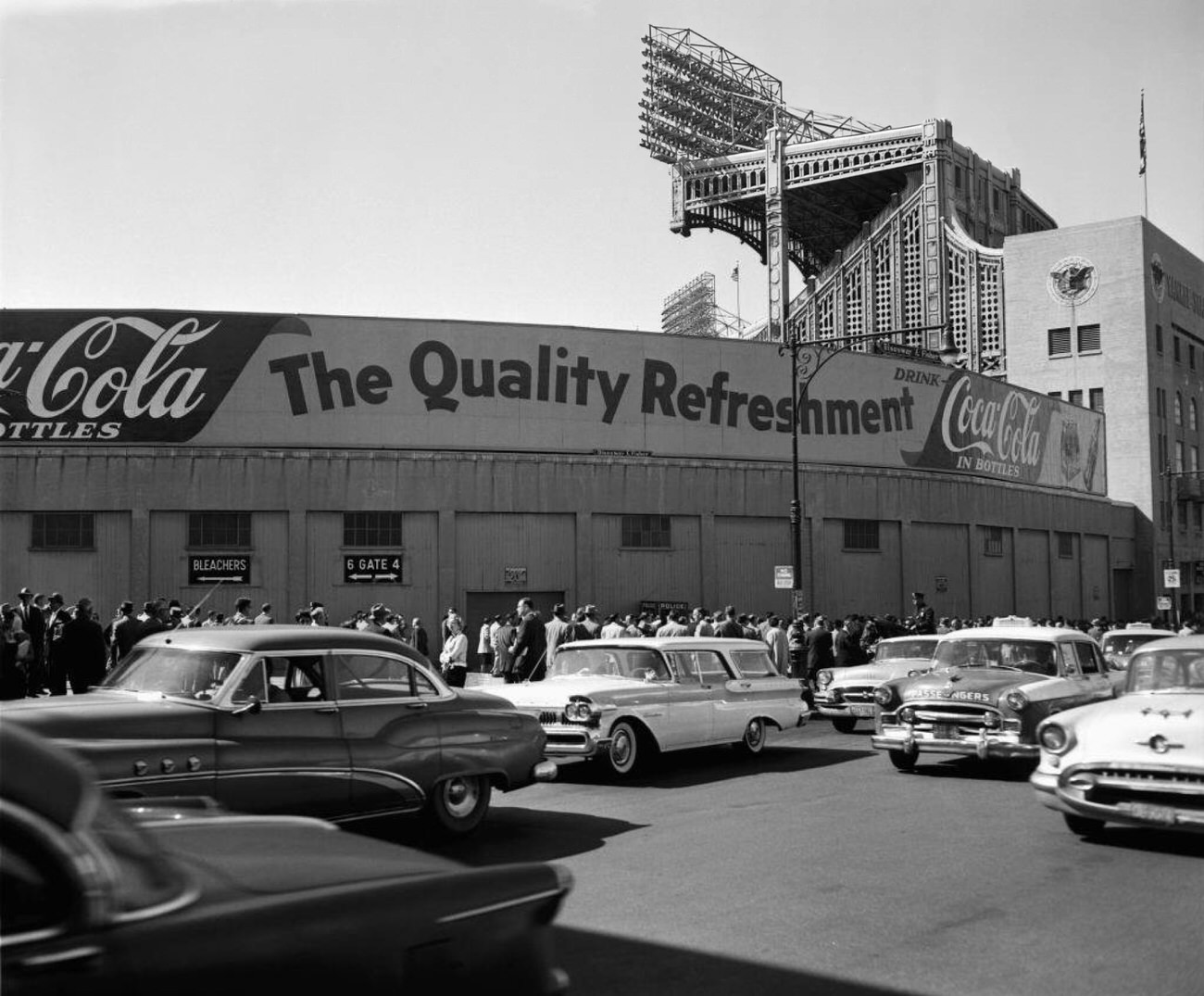
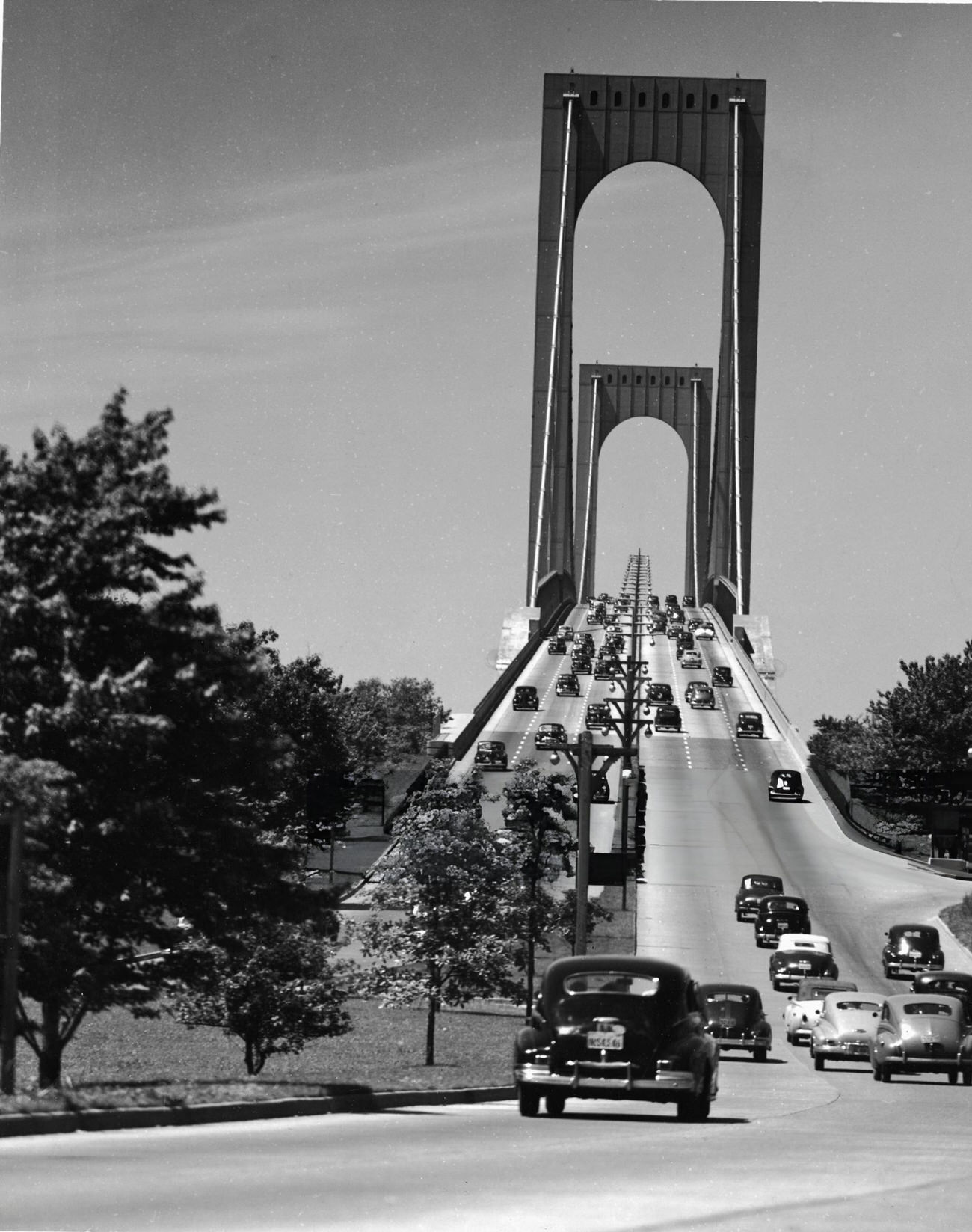
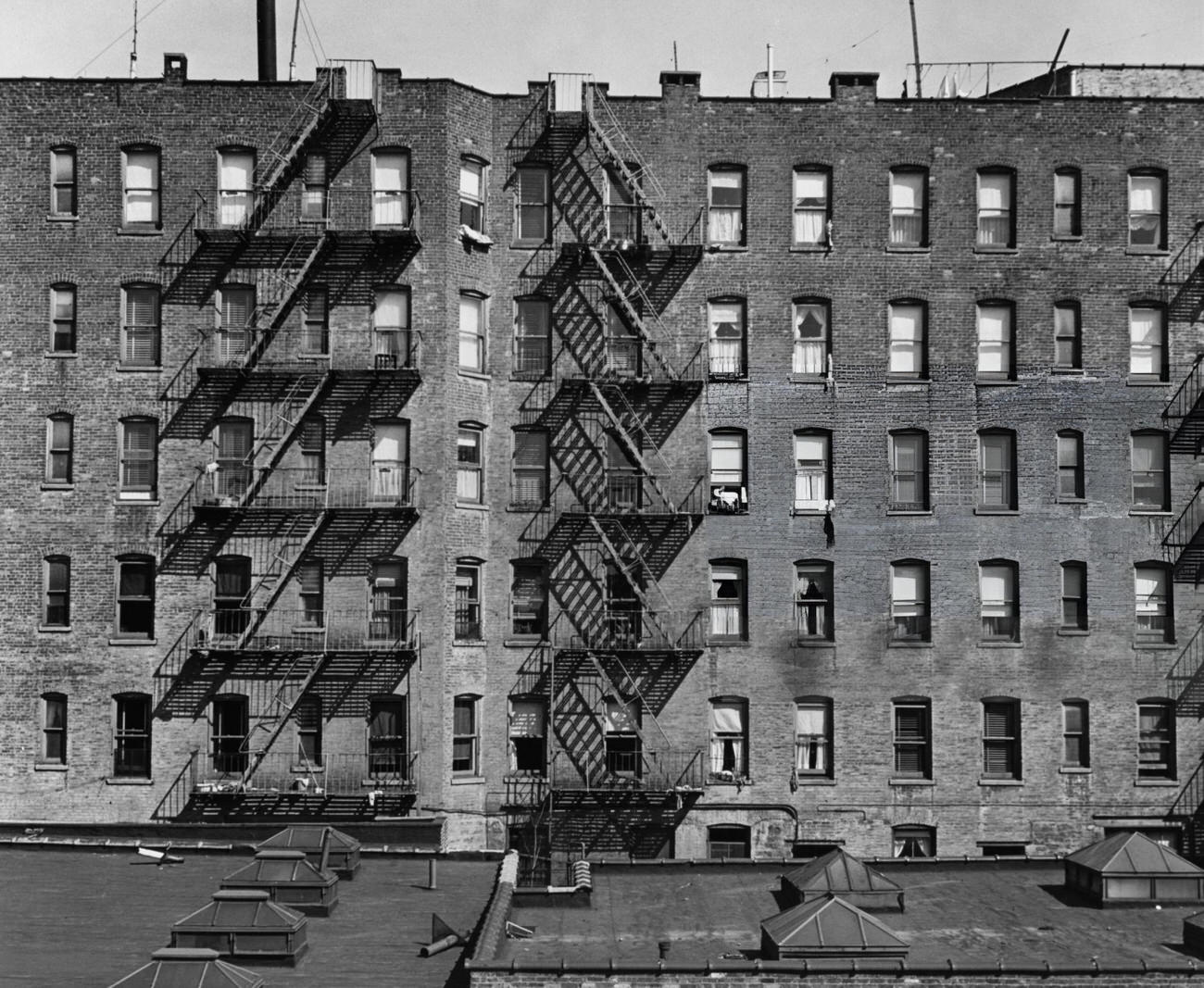
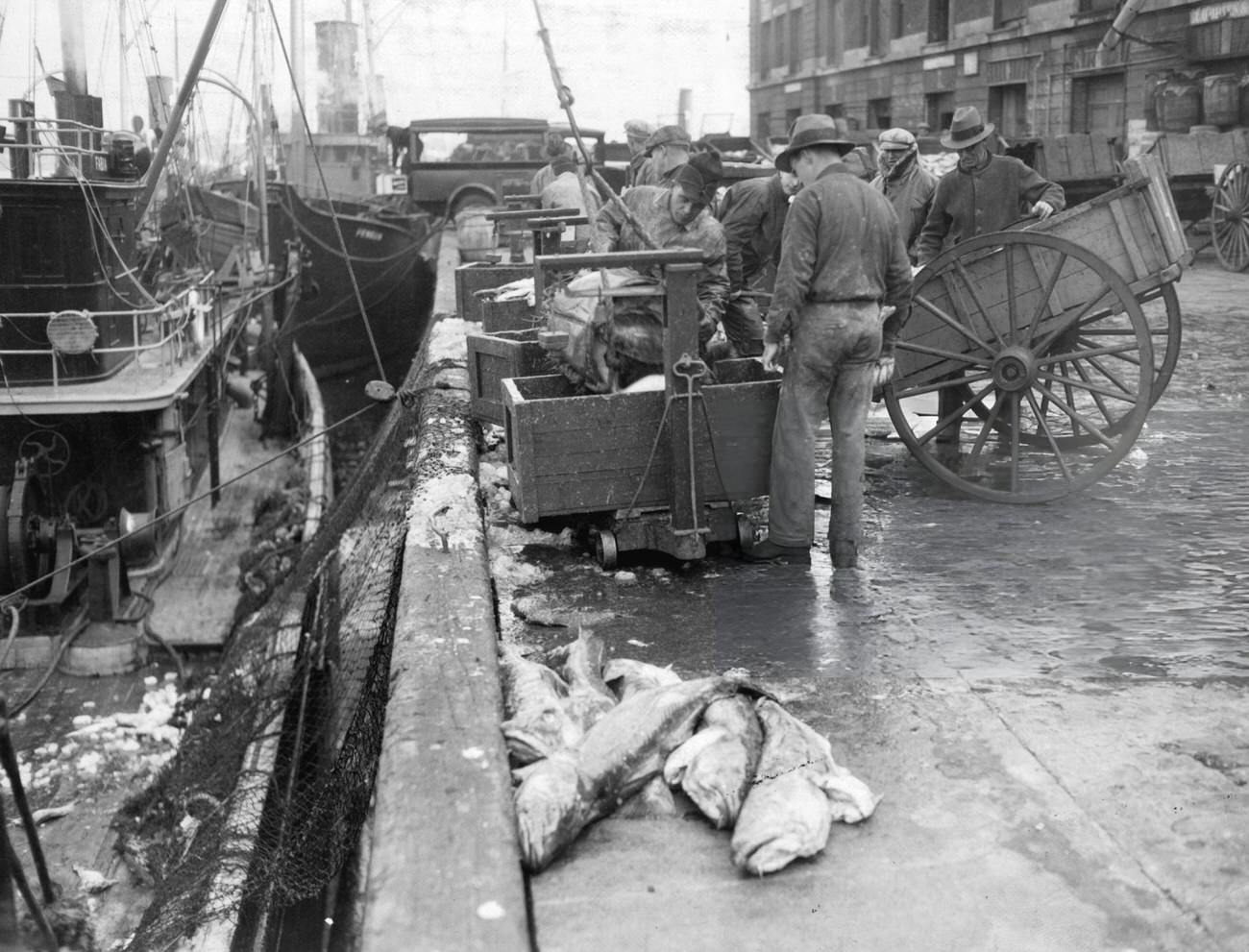
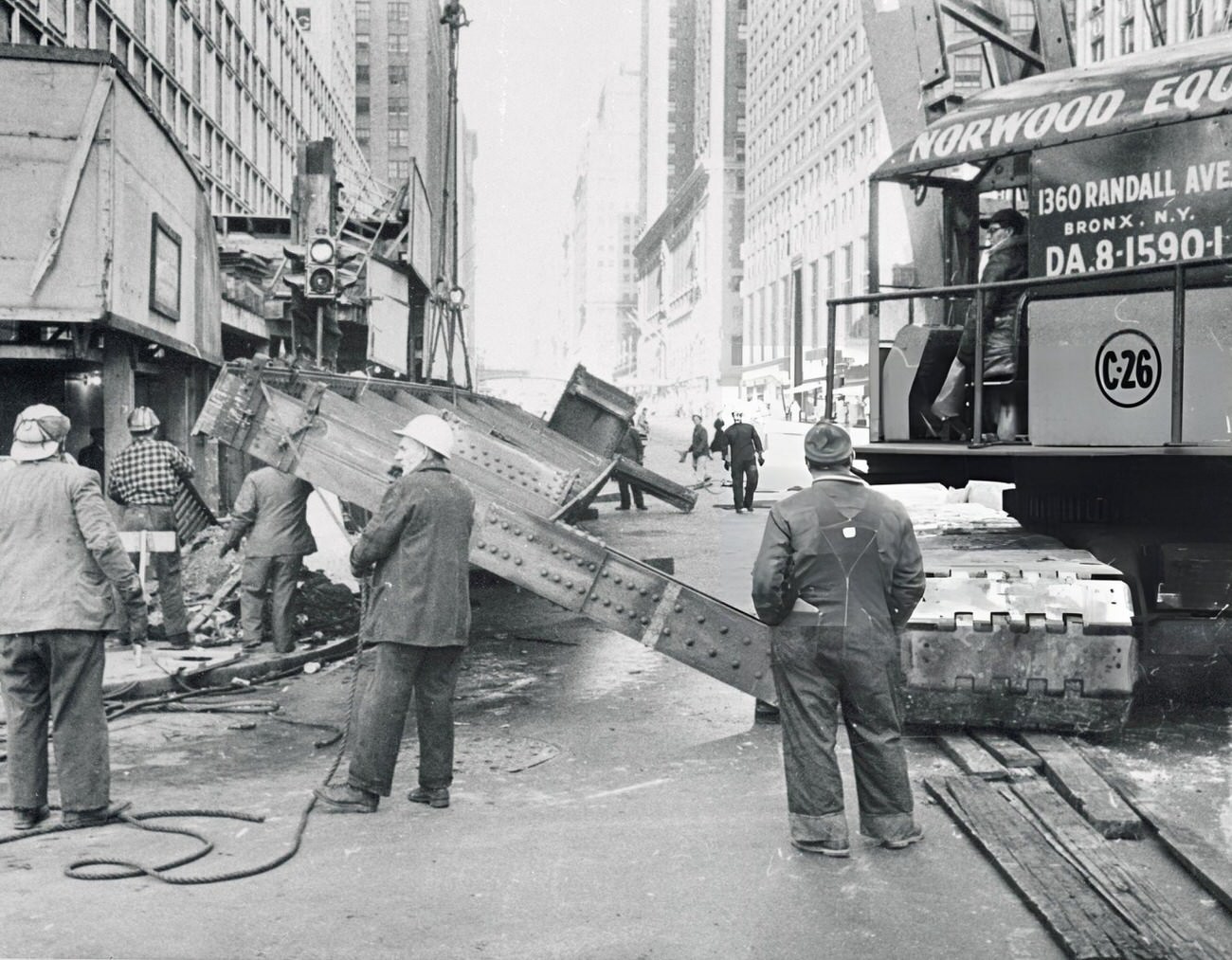

GIPHY App Key not set. Please check settings